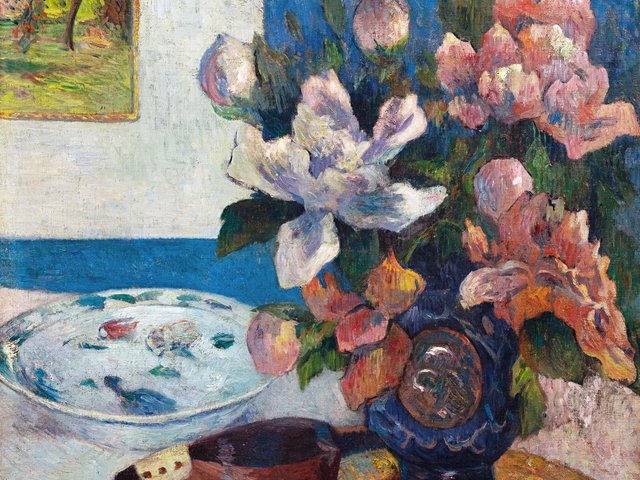An oil portrait of a young woman by Jacques Jordaens is to be offered at auction in London today after the consignor reached a settlement with the heirs of the shareholders of a Jewish-owned bank that was forced into liquidation shortly before the Nazi invasion of the Netherlands.
Head Study of a Young Woman (1615-20), to be sold at Sotheby’s Old Master & 19th-Century Paintings evening auction today, carries an estimate of between £150,000 and £200,000.
The painting is the first work for which the heirs of Lisser & Rosenkranz Bank’s shareholders have obtained compensation—they are seeking to recover more than 2,500 drawings and around 50 paintings in total. These works were held as collateral by the Amsterdam bank for its loans to Franz Koenigs, a Dutch collector who had run into financial difficulties.
Lisser & Rosenkranz’s main shareholders, Siegfried Kramarsky and Salomon Flörsheim, were Jewish. In April 1940, a month before the Nazi occupation of the Netherlands, they liquidated the bank. Koenigs had failed to pay off his debts and the collection was sold. By then, Kramarsky had already fled to Portugal, from where he travelled on to Canada and the US. Flörsheim, who stayed in the Netherlands during the Nazi occupation, was deported to Theresienstadt and survived.
Head Study of a Young Woman is a fragment of a larger study. A portrait of the same woman in profile is in the collection of the Worcester Art Museum in Massachusetts (the work was cut apart long before the Second World War, so the Worcester fragment has a different provenance).
The fragment to be auctioned at Sotheby’s today was one of 35 paintings Lisser & Rosenkranz consigned to the art dealer Jacques Goudstikker, who picked them up from the Museum Boijmans in Rotterdam on 19 April 1940. But Goudstikker, who was also Jewish, fled by sea as the Nazis arrived and died during his escape on 16 May.
His gallery was taken over by Alois Miedl, who had many dealings with Hermann Göring and sold 18 of the Lisser & Rosenkranz works to him, including, it is believed, the Jordaens painting. The heirs’ representatives say their research suggests Göring may have given Head Study of a Young Woman to Adolf Hitler for his birthday in 1941 or 1942.
The heirs of Kramarsky, Flörsheim and other shareholders of Lisser & Rosencranz have filed a claim with the Dutch Restitutions Committee for 34 paintings and hundreds of drawings. Three US museums hold works that belonged to Lisser & Rosencranz. Other works from the collection were purchased for Hitler’s planned Führermuseum in Linz and seized in Dresden by the Soviet army’s trophy brigades. More than 300 of these remain at the Pushkin State Museum of Fine Arts in Moscow.
“It would be a milestone if the Restitutions Committee decided in favour of the shareholders’ claim because most of the works are in the Netherlands,” says Lothar Fremy, the Berlin-based lawyer representing the heirs.
However, the UK Spoliation Advisory Panel in March rejected the heirs’ claim for three paintings by Peter Paul Rubens at the Courtauld Gallery. The bank sold these works in the same context but to a different buyer, and received payment.
“The system of restitution, in the context of the Washington Principles, is not intended to provide compensation for shareholders of a bank, which suffered financial loss on the disposal of its assets, even where that disposal took place under the pressure of imminent Nazi control,” the panel said. Shares in a bank, it said, do not amount to cultural property and therefore fall outside its mandate.





